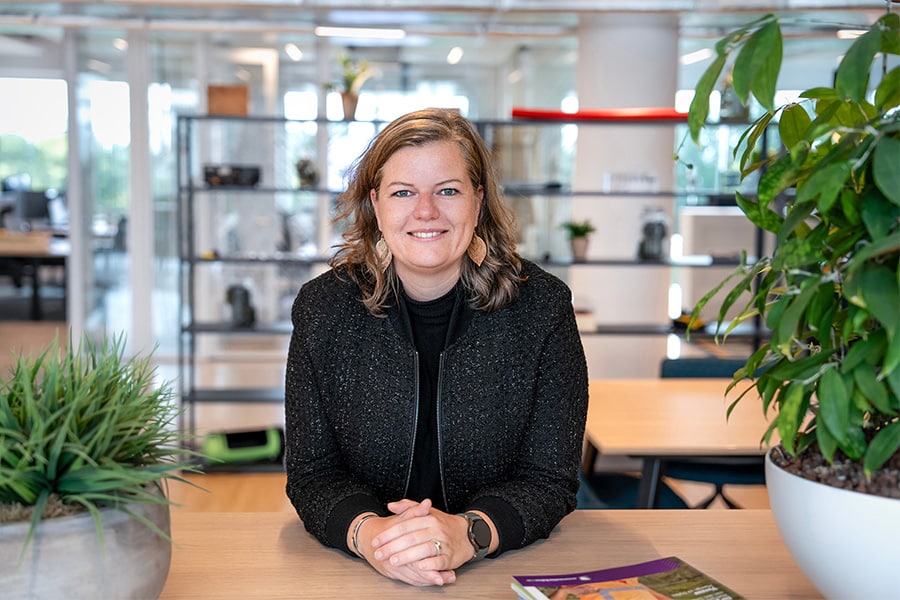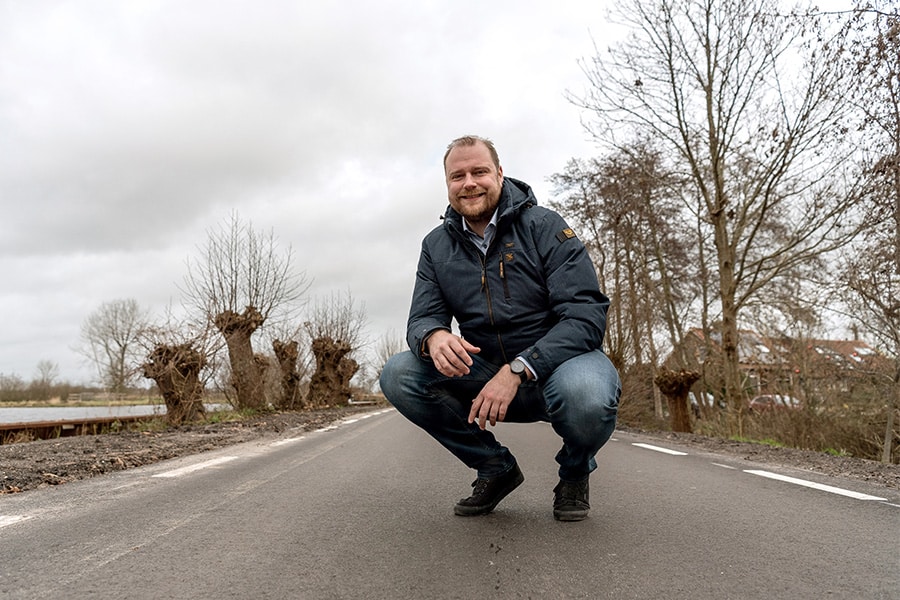
A tunnel, viaduct or lock with its own digital profile?
The GWW sector could use a little Netflix technology
Imagine if bridges, tunnels and locks had their own digital profiles, just like your Netflix profile. This may sound humorous, but there is indeed a similarity between you, that bridge, that tunnel and that lock. Whether you are human, or a work of art, untold amounts of data about you are now being collected by stakeholders. Netflix uses your data to feed your profile. Based on that profile, it categorizes you into groups, into subgroups, and again into sub-subgroups. With that data, predictive action is taken. So you get movies and series suggested within your interest profile. Indeed, Netflix invests a lot of money in making its own movies and series, but not without the certainty in advance that it can predict that the production in question will do well with large audiences. Data is the fuel for the processes (the engine) by which we create value. It is so at Netflix and it is so in the GWW.
When will this standard language come?
We work with a lot of types of data. Analog data from the past (paper), digital data from the past, digital data from today, real-time data, data from sensors, data from outside the organization ... we can go on and on. And each time we integrate data sets, new algorithms are written and we have a unique outcome, to which conclusions can be drawn. Over and over again. We have been talking within digitalization in infra for some time about the need for standard language. In tenders, parties are often looking for the same data, for example about the condition of assets. A lot of the same work is being done. That is why standard solutions are increasingly being sought within projects. That saves time and money. If we can go to standard solutions, a logical step beforehand would be profiling by object type.
Standard if possible, customization if necessary
Profiles contribute to standardization and are an important part of working smarter. Customization is allowed within a profile, but only when something cannot be done with a standard solution. We already do a lot with the same data that we now obtain from assets, including performing maintenance at exactly the right time (predictive maintenance). Everything that can be predicted delivers benefits in terms of time, planning, availability, money, preventing disruption, et cetera. With smart profiles that we assign to assets, we can work faster, spend less time collecting data and may be able to work with less data, but we work faster, more efficiently and have the advantage of more exchangeability.
More consultation is needed
We will have to -also European- cooperate more, standardize data and really start working together. Without the right digitalization, we are not going to achieve the 2030 and 2050 goals, is my thought. There is a profound desire to digitize in the infra, but we are far from knowing what opportunities digital transformation can offer us. Let's focus on that. And the conclusion that it is all very complex, that has been drawn too often and has no value as a conclusion. That should never be the killer to stop exploring or experimenting.
So more consultation is needed and everyone should be aware that digitization is the 'enabler' for the agility we need to achieve the goals together. Let me conclude by saying that by now the discussion is no longer about who owns specific data, but more about who owns the algorithms with which we crunch the numbers. After all, money has to be made. That is why it is good to also investigate new revenue models, so that the sharing of knowledge is more stimulated. So where does the distinction lie? It is in the people behind the innovations. Before something is available digitally as a solution, it was in someone's head. Innovating and coming up with solutions to problems is an "ongoing process" because everything around us changes: by people, for people.




